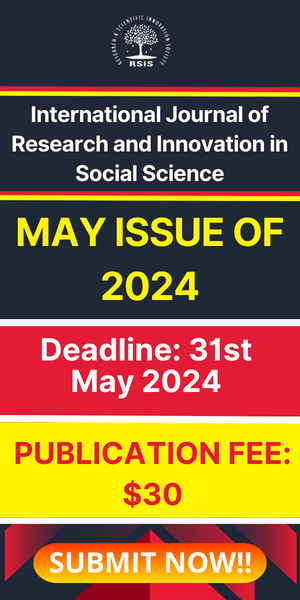Enhancement in Power Quality in Distribution Network with the Collaboration of Solar Energy and DSTATCOM
- December 9, 2018
- Posted by: RSIS
- Category: Electrical and Electronics Engineering
International Journal of Research and Scientific Innovation (IJRSI) | Volume V, Issue XI, November 2018 | ISSN 2321–2705
Varsha Rani1, Purva Sharma2, Himanshu Doraya3
1M.Tech Scholar, 2Assistant Professor, 3Assistant Professor
Rajasthan College of Engineering of Women, Jaipur, India
Abstract: Now a days the power quality (PQ) has become a main concern for both utilities and customers. The integrations of renewable energy sources such as wind and solar energy into the utility grid affects the quality of the power supplied. The utilities or other power providers have to provide a high quality of their service to retain or attract the customers. Efficient power quality (PQ) monitoring and improvement system can help to achieve this goal. The power quality improvement can be achieved by the use of distribution static compensator (DSTATCOM) in the utility grid. The distribution static compensator is shunt custom power device which is used in the distribution system for compensation of reactive power at point of common coupling, current compensation and improvement of power factor.
This work presents the design of synchronous reference theory based control of the DSTATCOM for the power quality improvement in the utility grid in the presence of solar PV energy. A capacitor and battery bank is used as the DC bus in the design of DSTATCOM. The DSTATCOM has been implemented for the enhancement of power quality in the presence of the solar energy during various operational events. The events include the tripping/reclosing of feeder, switching ON/OFF the capacitor bank, switching ON/OFF the inductive-resistive load. The proposed methodology has been carried out with the help of a test system comprising of the voltage source and load connected at the point of common coupling (PCC).The proposed methodology has been carried out in the MATLAB/ Simulink environment using an IEEE-13 bus test system.


